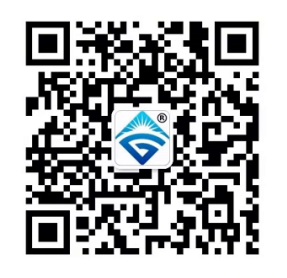

In the modern technology industry, the use of weighing load cells is ubiquitous because resistance strain gauge weighing load cells themselves are sturdy, durable, and reliable electromechanical products. However, to ensure testing accuracy, there are still many issues that need to be addressed in their use. So, what should be paid attention to when using weighing load cells? Below are some issues related to the use of weighing load cells.
Even with thin metal plates surrounding the sensors, this can prevent objects from soiling the sensors and some movable parts. This "soiling" often causes the movable parts to move unfavorably, affecting the weighing accuracy. To determine whether there is any discomfort with the system's movement, the following method can be used: Add or subtract about one-thousandth of the rated load on the scale platform to see if the weighing display device reacts. If it does, it indicates that the movable parts have not been "soiled."
The connection and grounding points of the shielded wires should be reasonable. If it is not grounded through the mechanical framework, then it should be grounded externally, but the shielded wires are floating if they are not grounded after being connected to each other. Note: Three sensors are parallel connection methods, the sensors themselves are four-wire systems, but they are changed to a six-wire connection method in the junction box. The output signal of the load cell systems reading circuit should not be placed in the same box as devices that can produce strong interference or devices that generate considerable heat. If this cannot be guaranteed, a barrier should be placed between them, and a fan should be placed inside the box. The electronic circuit used to measure the output signal of the sensor should be configured with an independent power transformer as much as possible, rather than sharing the same main power source with contactors and other devices.
For example, spherical bearings, articulated bearings, positioning fasteners, etc. They can prevent certain lateral forces from acting on the sensors. It should be noted that some lateral forces are not caused by mechanical installation, such as lateral forces caused by thermal expansion, wind forces, and the vibrations of stirrers on certain container balances, which are not caused by mechanical installation. Some accessories on certain balances must be connected to the scale body. We should make them as soft as possible in the direction of the sensor's loading spindle to prevent them from "eating up" the true load of the sensor and causing errors.
Any impact or drop may cause great damage to their measuring performance. Generally, large-capacity weighing load cells, they have a larger self-weight, so appropriate lifting equipment should be used as much as possible during handling and installation. The installation surface of the sensor's base should be flat, clean, and free of any oil films or adhesive membranes. The installation base itself should have sufficient strength and rigidity, generally requiring higher strength and rigidity than the sensor itself.
If everyone strictly follows the above operations and instructions, the load cell systems can be used more accurately and conveniently, and the weighing load cell will not be easily damaged. Its lifespan and maintenance can be improved as well!

86-552-4923688
No. 118, Jiahe Road, High-Tech Zone, Bengbu, Anhui, China
 English
English 日本語
日本語 한국어
한국어 français
français Deutsch
Deutsch Español
Español italiano
italiano português
português العربية
العربية tiếng việt
tiếng việt ไทย
ไทย